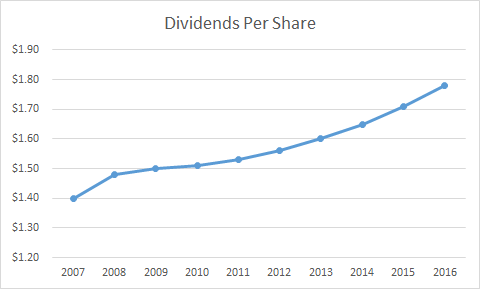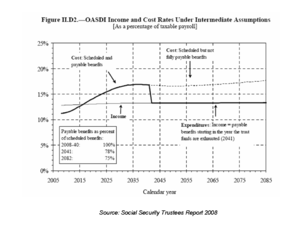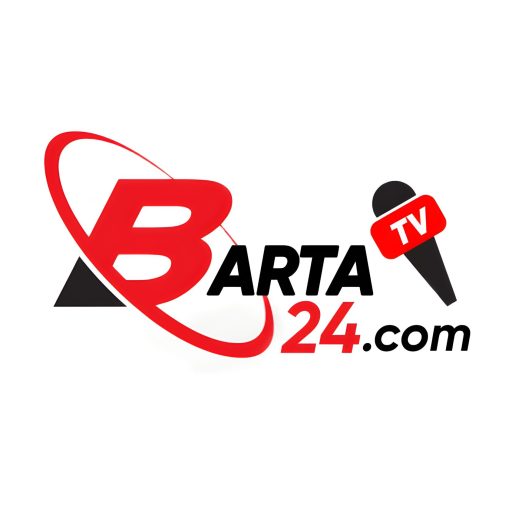Liability Definition and Types

- Update Time : বৃহস্পতিবার, সেপ্টেম্বর ২৩, ২০২১
- 47 Time View

Content

As a small business owner, you’re going to incur different types of liabilities as you operate. It might be as simple as your electric bill, rent for your office or other types of business purchases. These can play a critical role in the long-term financing of your business and your long-term solvency. If you’re unable to repay any of your non-current liabilities when they’re due, your business could end up in a solvency crisis.
The office space is an asset—you now have a proper business address that may attract more customers. Are you the oldest coffee shop in town and have a loyal customer base? The reputation will help you attract new customers and investors alike. But there are other kinds of assets that exist only virtually. Types of Liabilities Is an agreement that two parties make to outline the terms of their relationship. Is an automated financial advisor that assists investors through an online platform — typically with lower fees than a human financial advisor. I wrote this article myself, and it expresses my own opinions.
Type 1: Accounts payable
A contingent liability is only recorded if the probability of the liability to happen is 50%. Contingent liabilities are actually more like potential liabilities because they are recorded depending on the outcome of a future event. $6.58 will be deducted from unearned revenue and recognized as revenue each month until the subscription period of 12 months is over. This accurately reflects your expenses for each month even though the actual payment is only made every three months. For example, your internet bill may only be billed on a quarterly basis, but you need to account for the expense on your balance sheet for each month.
What are liabilities in daily life?
Liabilities: The money you owe for the purchase of assets—tangible things you will own when the liability is settled.
And if you have more debt, then you’re going to have higher liabilities. Making sure that you’re paying off your debts regularly will help reduce your overall business liabilities. Now that you know all the basics about these two financial metrics, all that’s left to do?
Types of Liabilities and How They Affect Your Small Business
We will discuss more liabilities in depth later in the accounting course. A liability may be part https://business-accounting.net/ of a past transaction done by the firm, e.g. purchase of a fixed asset or current asset.
- Plus, making sure that they get recorded properly on your balance sheet is just as important.
- AP typically carries the largest balances, as they encompass the day-to-day operations.
- It’s worth noting that liabilities are going to vary from industry to industry and business to business.
- Many companies choose to issuebondsto the public in order to finance future growth.
- Capital leases are not as straightforward as some of the other liabilities because they involve the leasing rather than the purchasing of equipment.
A contingent liability is an obligation that might have to be paid in the future, but there are still unresolved matters that make it only a possibility and not a certainty. Lawsuits and the threat of lawsuits are the most common contingent liabilities, but unused gift cards, product warranties, and recalls also fit into this category. AP typically carries the largest balances, as they encompass the day-to-day operations. AP can include services,raw materials, office supplies, or any other categories of products and services where no promissory note is issued.
Liabilities vs. Expenses
Clarify all fees and contract details before signing a contract or finalizing your purchase. Each individual’s unique needs should be considered when deciding on chosen products. Notes payable is very similar to accounts payable except for the length of the terms for payment. All long-term liabilities are due more than one year into the future and are often referred to as non-current liabilities. Examples of unearned revenue include prepayments towards a project, annual subscriptions for software or media, monthly maintenance plans, prepaid insurance, prepaid rent, etc. Some examples of short-term loans could be a personal line of credit that needs to be paid in full within 12 months, bank overdrafts, trade credits, etc.

Large companies, for instance, may often pay for travel services of their employees at a later date than when they were availed. Again, such obligations would be recorded as accounts payable. Also sometimes called “non-current liabilities,” these are any obligations, payables, loans and any other liabilities that are due more than 12 months from now.
Two of the most common types of contingent liabilities are lawsuits and product warranties. Bonds payable are always considered a long-term liability and they are often issued by hospitals, local governments or utilities. Most accounts payable terms are Net15 or Net30, while some may stretch out to Net45 or even Net60. This account represents debts owed to vendors, utilities, and suppliers that have been purchased on Net terms or on credit. Total liabilities are the combined debts, both short- and long-term, that an individual or company owes.
What are some common liabilities?
- Car and vehicle loans.
- Credit card bills (if you carry a balance)
- Lines of credit (like a HELOC)
- Loans.
- Mortgages.
- Student loans.
- Taxes (property taxes, income taxes, sales tax)
- Accounts payable (when a business owes a vendor for goods and services received)
Since most companies do not pay for goods and services as they are acquired, AP is equivalent to a stack of bills waiting to be paid. These are any taxes that need to get paid by your business but aren’t due for over a year. Anything that’s due within the next 12 months should get recorded as a current liability.
While taxes are usually considered a short-term liability, there are times where they need to be deferred for longer than a year. As mentioned before, accounts payable are obligations that need to be met within a years time. When a formal loan agreement has payment terms that go beyond one year , this is a notes payable. Long-term liabilities are debts that do not need to be paid within a 12 month period . This type of short term liability is only used if you are using the accrual method of accounting.
- The information featured in this article is based on our best estimates of pricing, package details, contract stipulations, and service available at the time of writing.
- Something like a loan agreement that has payment terms outlined beyond a year would be notes payable.
- A capital lease refers to the leasing of equipment rather than purchasing the equipment for cash.
- Expenses can also be paid immediately with cash, while delaying payment would make the expense a liability.
Liabilities don’t have to be a scary thing, they’re just a normal part of doing business. Because chances are pretty high that you’re going to have some kind of debt. And if your business does have debt, you’re going to have liabilities. Assets help you run your business smoothly, even when your earnings aren’t as high as expected. They give you confidence you can expand your business and set ambitious financial goals.
















